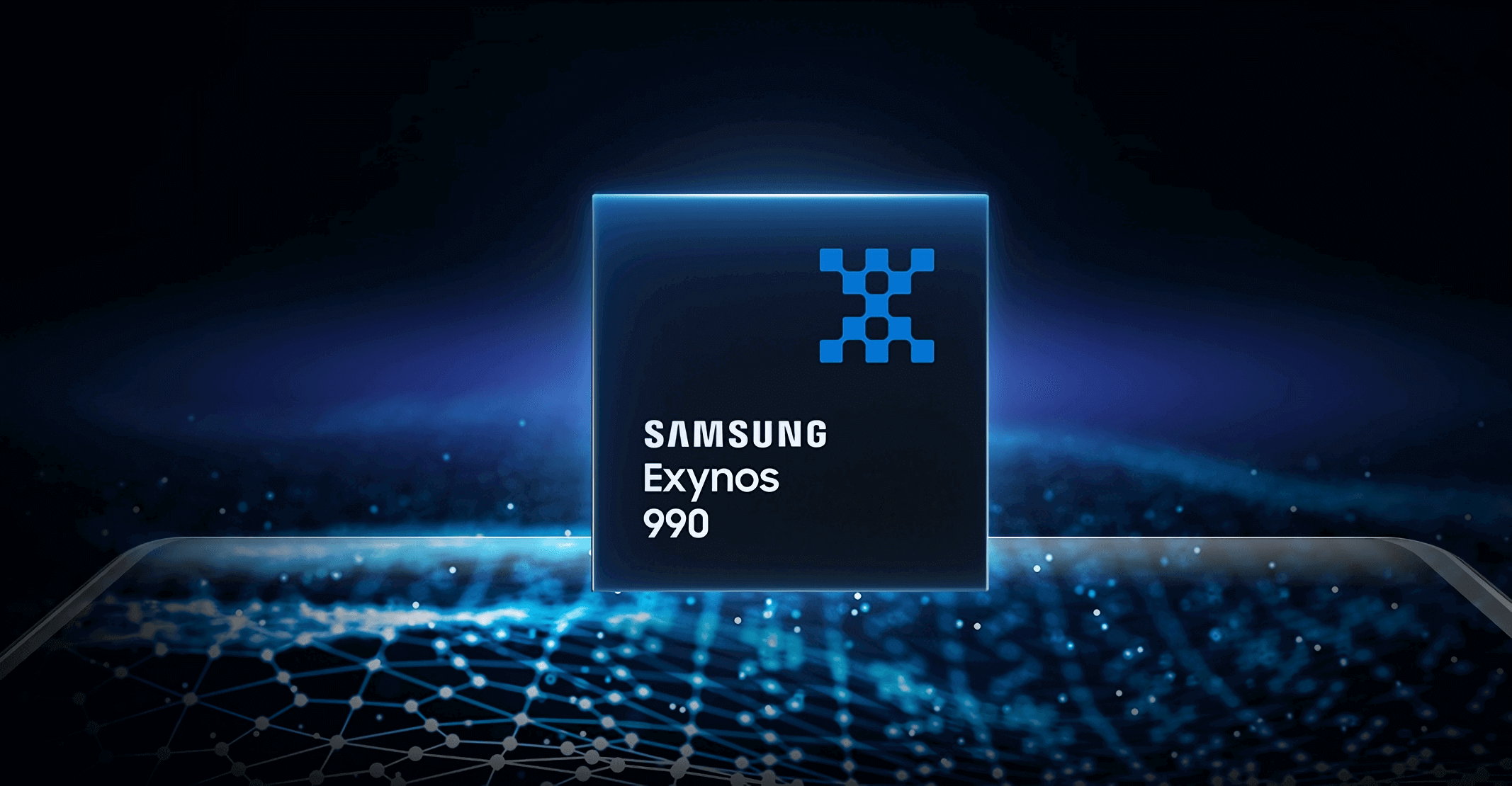In a nutshell: Samsung announced its latest smartphone SoC claiming it delivers a 20-percent boost in overall performance over current generation chipsets. The company also has a new 5G modem to accompany the faster processor that is capable of up to 5.1 Gbps downlink speeds. We could see both used in next year's devices.

On Wednesday, Samsung unveiled its next smartphone SoC — the Exynos 990. The company claims the chipset is 20 percent faster when processing regular- and graphics-related tasks. Moreover, apps that are designed to take advantage of the 990's AI acceleration circuitry will run twice as quick.
The Exynos 990's tri-cluster design is powered by two Cortex-A76 cores for performance and four power-efficient Cortex-A55 cores for a 20-percent gain in overall performance. Graphics are handled by an embedded Arm Mali-G77 GPU, which provides up to 20 percent higher performance or power efficiency; take your pick.
Additionally, the new SoC has a dual-core "neural processing unit" (NPU) for handling onboard AI tasks. Combined with a new and improved digital signal processor, the NPU can execute over ten-trillion operations per second. Having an embedded NPU means that AI operations do not have to be passed through a network and server for processing, making these tasks significantly faster.
Speaking of networks, Samsung also announced the 5G Exynos Modem 5123 chip. The 5123 uses the same 7nm-EUV process as the SoC.

"The 5G Exynos Modem 5123, one of the first 5G modem chips manufactured using a 7nm EUV process," said Samsung. "It supports virtually all networks, from 5G's sub-6GHz and mmWave spectrums to 2G GSM/CDMA, 3G WCDMA, TD-SCDMA, HSPA, and 4G LTE, with outstanding downlink speed across the board."
Downlink speeds can reach up to 5.1Gbps on 5G networks and 3Gbps on 4G using "1024 Quadrature Amplitude Modulation." This transfer rate is double that of the Exynos 980, which just released last month. To accommodate the bandwidth, the Exynos 990 supports LPDDR5 data rates up to 5,500Mb/s.
The Exynos 990 has a new display driver with a 120Hz refresh rate and an onboard advanced image signal processor (ISP). Samsung claims the ISP will support camera sensors up to 108-megapixel.
More interestingly, the company says the display driver can enable "smoother animations even on devices with multiple displays, such as foldable phones," indicating that it may show up in the next Galaxy Fold reportedly coming April 2020. However, rumors are the Fold coming next spring will be cheaper, so maybe not.
In the more foreseeable future, we can probably expect to see the Exynos 990 equipped in the next batch of Galaxy flagship phones. Both the SoC and the modem are set to start mass production by year's end, meaning we could have the chips in next year's batch of phones.
https://www.techspot.com/news/82484-samsung-exynos-990-soc-up-20-faster-than.html